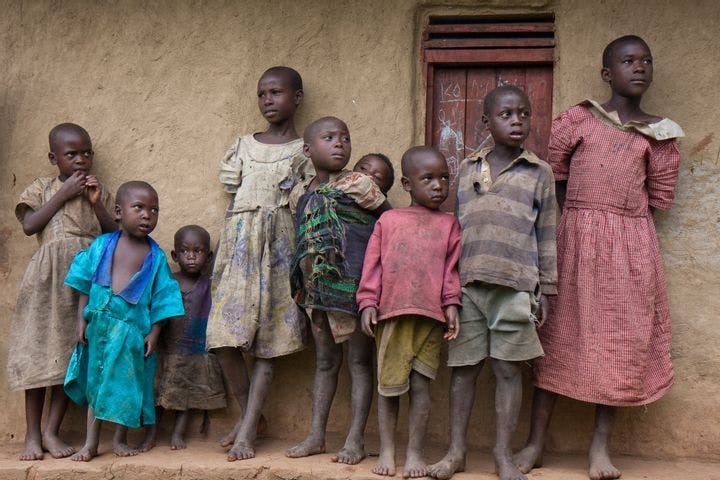Spring 2009
History by Name
– The Wilson Quarterly
Baby names paint a remarkably revealing picture of village life in western Uganda from 1900 to 2005.
Accustomed to the lush details of sources such as the Code of Hammurabi of 1760 bc, the Domesday Book of 1086, and the 1692 Salem court transcripts, many historians have disdained African history because it offers so few written records. But inventive researchers have recently found new sources. Baby names, for example, paint a remarkably revealing picture of village life in western Uganda from 1900 to 2005, particularly the rise of Christianity and the ever-present specter of death.
Parents in Bunyoro Province bestowed names on their children in the first few decades of the 20th century that revealed marital strife, neighborhood conflict, changing beliefs, and attempts at ethnic integration, writes Shane Doyle, a historian at the University of Leeds. Many of those names reflected all-too-common fears. Of all the recorded names given to newborns from 1900 to 1959, almost a third directly referred to death: Karafa (This child will die), Nkafrika (I am the only survivor), and Bagada (What a waste of energy).
The Bunyoro culture left a large collection of names referring to hidden enemies; for instance, Barungindoho meant “They are nice to my face.” Some fathers selected names designed to trick death into thinking that the child was unimportant. Kunobere (I hate this child) and Kabaingi (So many children) were quite common, Doyle says.
During World War I, more than 40 percent of all recorded baby names were death related. (Bunyoro Province lost both doctors and farmers to the British war effort and suffered several epidemics.) The proportion dropped to 25 percent in the 1940s, and reached a colonial-era low of about 15 percent just before Uganda achieved independence in 1962.
The baby names Doyle analyzed were retrieved from baptismal records, which represented about 37 percent of all births in the province by 1924. Because the richest residents tended to become Anglicans and the poorest to remain Muslims or believers in indigenous spirits, the Christian names provide a window into the middle-income Bunyoro family. The occurrence of death-related names rose and fell with the fortunes of the pre–World War II period, but during the 1940s, Christian religious names took off in popularity and never flagged. When the AIDS crisis hit Uganda in the 1980s, very few families gave newborns names such as “This child might die.” Education, religion, and Uganda’s anti-AIDS program had “reduced the sense that death was either inexplicable or the result of malice.”
The new data provide unusual insight into village-level African life that is so often missing from spotty official records. Even census data from relatively recent times are problematic. The 1931 census of the colony, often cited, was an extrapolation from enumerations of only 40 percent of villages. The 1948 tallies disappeared before reaching Kampala, and the figures from the first post-independence census in 1969 were marred by a failure to note ethnicity, making it impossible to determine the effect of immigration on population increases. In 1980, the results were stolen before they could be fully analyzed.
* * *
THE SOURCE: “‘The Child of Death’: Personal Names and Parental Attitudes Towards Mortality in Bunyoro, Western Uganda, 1900–2005” by Shane Doyle, in Journal of African History, Nov. 2008.
Photo courtesy of Flickr/Nick Ribaudo
